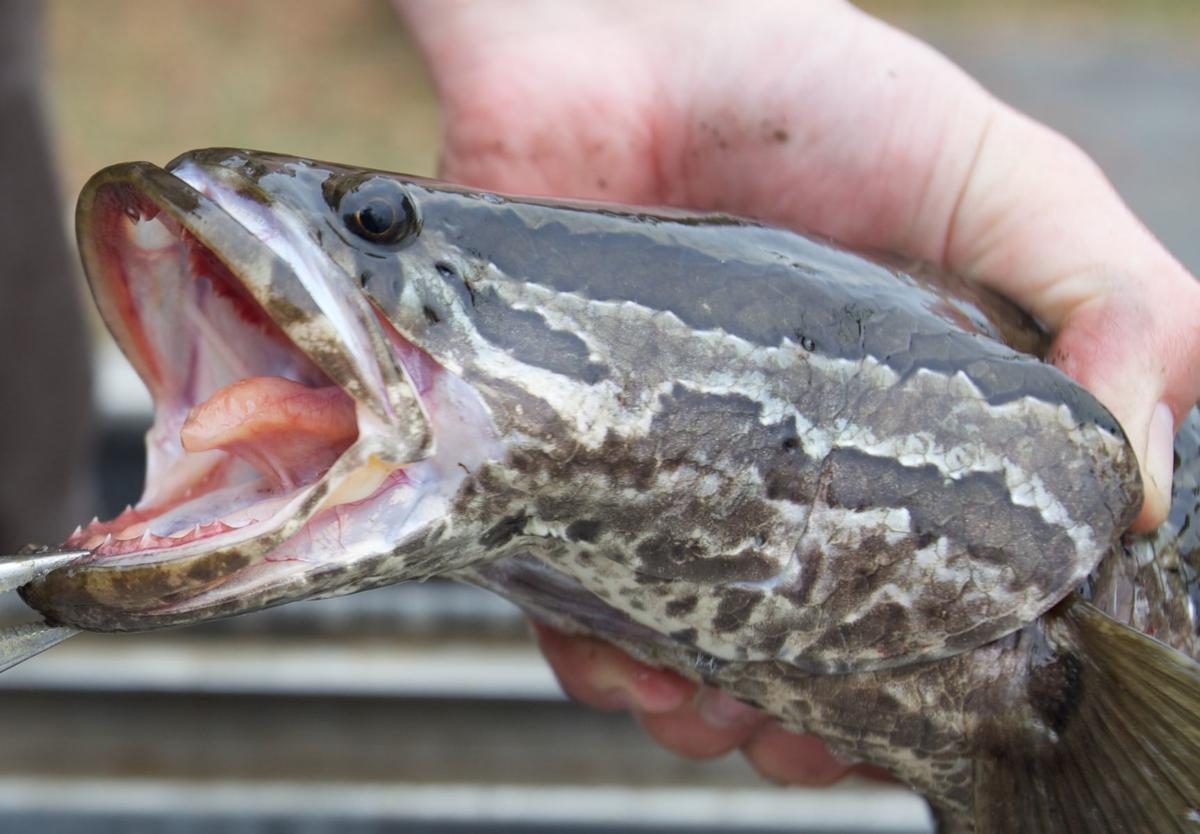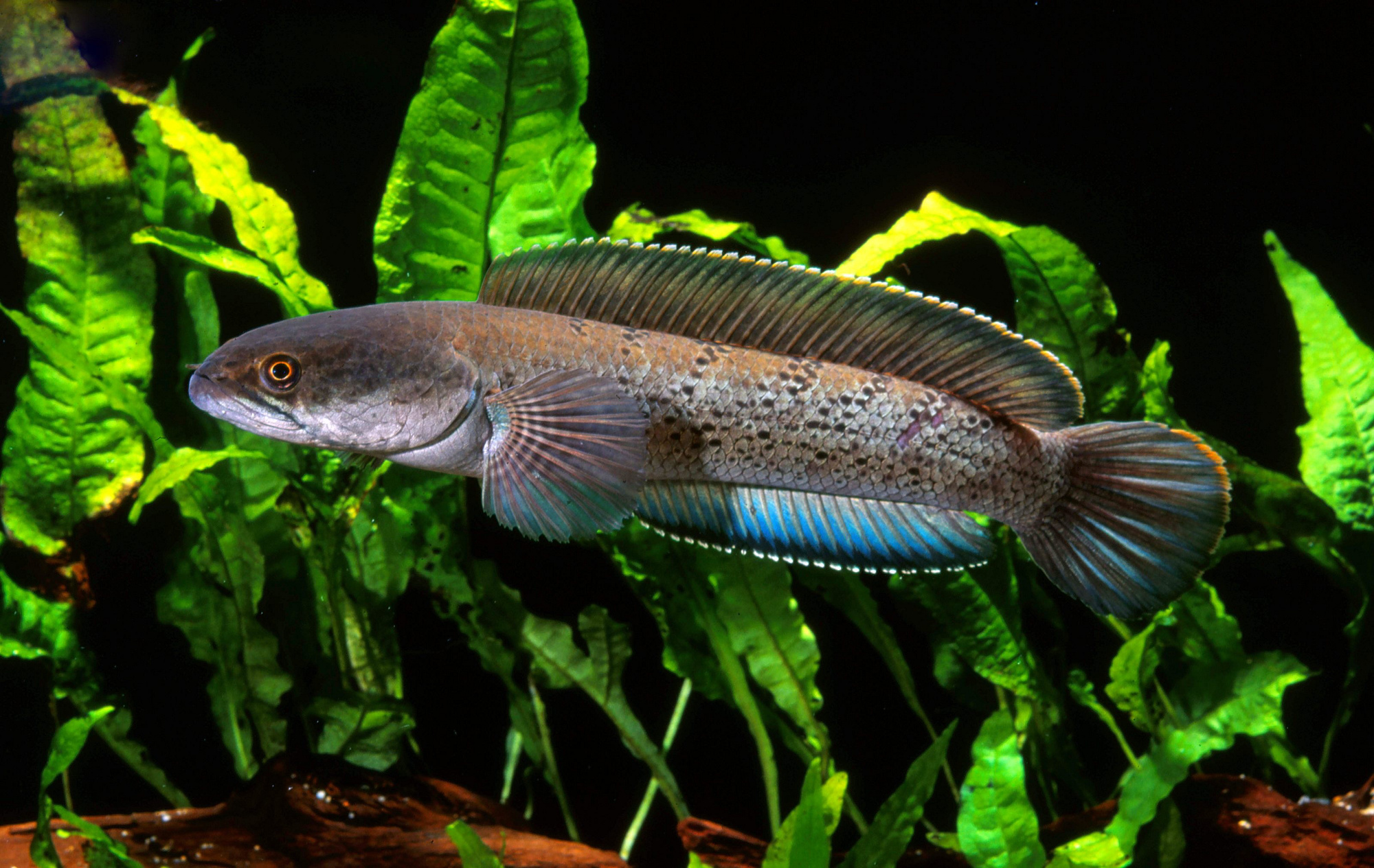
Introduction
A snake's head is a fascinating and complex body part that plays a crucial role in the survival and behavior of these incredible creatures. The head of a snake is equipped with various unique features that make it well-suited for hunting, defense, and adaptation to different environments. In this article, we will explore the different aspects of a snake's head and its significance in the world of snakes.
Anatomy of a Snake's Head

The anatomy of a snake's head is truly remarkable. It consists of several distinct parts that work together to facilitate the snake's survival. At the front of the head, we find the snake's rostral scale, which covers the tip of the snout. This scale helps protect the snake's delicate nose and serves as an aid in capturing prey.
Just behind the rostral scale, we have the snake's eyes. Snakes have excellent vision, and their eyes are specially adapted for their hunting habits. They possess a transparent scale called a spectacle that protects their eyes from damage while allowing them to see their surroundings clearly.

In addition to their eyes, snakes also have a pair of specialized heat-sensing organs called pit organs. These pits, located on the sides of their heads, enable them to detect infrared radiation emitted by warm-blooded prey. This unique ability gives snakes an advantage in locating hidden prey, even in complete darkness.
The Venomous Threat

One of the most notorious features of a snake's head is its venomous fangs. Venomous snakes possess hollow fangs connected to venom glands, allowing them to inject venom into their prey or potential threats. The venom serves to immobilize or kill the prey, making it easier for the snake to consume. While not all snakes are venomous, those that are present a significant threat to humans and other animals.
It's important to note that not all venomous snakes have the same type of venom. Some snakes have hemotoxic venom, which affects the blood and tissues, while others have neurotoxic venom, which attacks the nervous system. Understanding the venomous threat posed by snakes is essential for both researchers and those living in regions inhabited by venomous species.
Adaptations for Swallowing

Snakes have a remarkable ability to swallow prey much larger than their own head. To accomplish this feat, they possess a highly flexible jaw and a unique skull structure. Unlike other animals, a snake's jaws are not fused, allowing them to open their mouths incredibly wide.
Additionally, a snake's skull is equipped with specialized ligaments and muscles that enable it to stretch and expand as the snake consumes larger prey. This incredible adaptation allows snakes to consume animals that may seem impossible to fit into their mouths.
Conclusion
The snake's head is undoubtedly a remarkable and complex body part that plays a vital role in the snake's survival and behavior. From its unique anatomy to the venomous threat it poses, the snake's head is a fascinating subject for study and appreciation. Understanding the intricacies of a snake's head helps shed light on the incredible adaptations these reptiles possess. Whether you admire snakes or have a healthy respect for them, their heads are undoubtedly a key aspect of their existence.